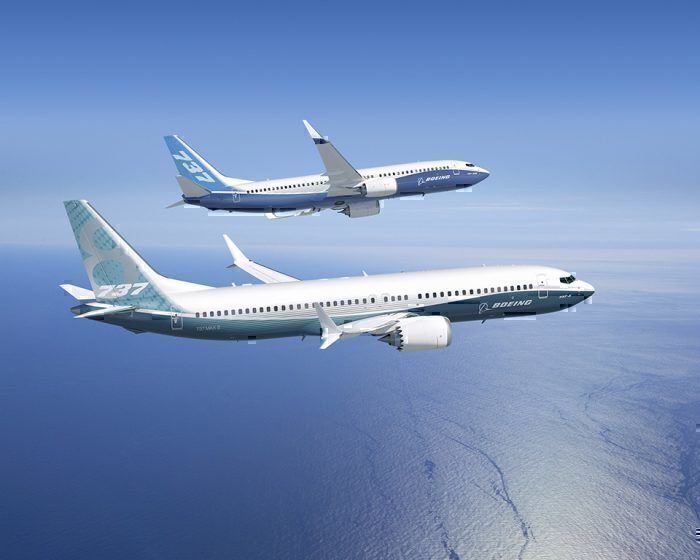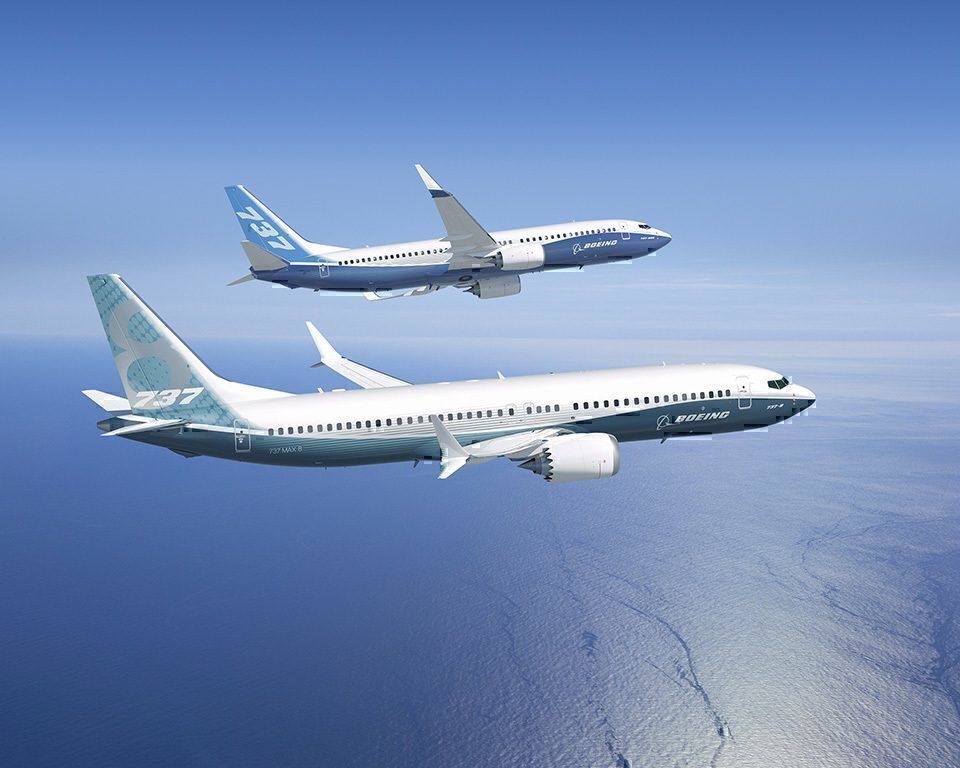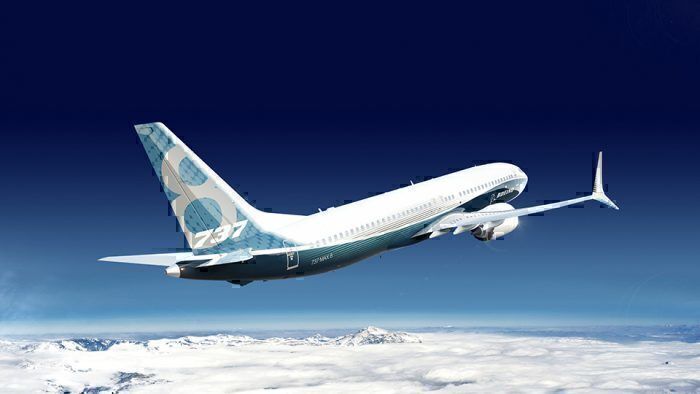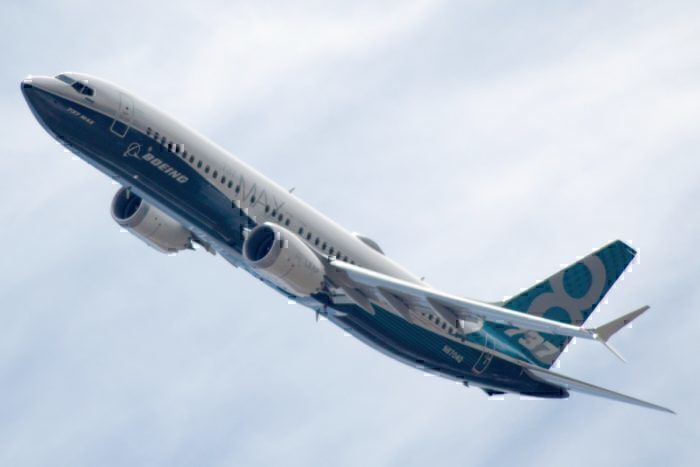Yesterday, Boeing reported its second-quarter deliveries for 2019. The report has two columns: One for deliveries in the second-quarter, and the other for 2019 deliveries to date. The one figure that stands out the most is that there were 24 deliveries for the 737 in the second-quarter while the 737's 2019 deliveries to date stand at 113. If you'd like to skip the math, we can tell you that deliveries were down 75% between Q1 and Q2. These results really shouldn't come as a surprise to anyone who has been following anything to do with aviation in 2019. The 737 MAX crisis has had a devastating impact on Boeing's orders, as well as its ability to deliver.
These results really shouldn't come as a surprise to anyone who has been following anything to do with aviation in 2019. The 737 MAX crisis has had a devastating impact on Boeing's orders, as well as its ability to deliver.
The deliveries
We know for sure that 737 MAX has a lot to do with these numbers. According to the Globe and Mail, deliveries of the aircraft came to a stop in early March. This was just a few days following the Ethiopian Airlines plane crash, which killed all 157 people on board. As the second quarter goes from April 1st to June 30th, we would have to assume that any 737 deliveries in this quarter were for non-MAX jets.
As Boeing 737 MAX aircraft are on the ground and taking up employee parking spaces in Washington, we can come to the conclusion that the non-MAX jets consist of models like the 737 Next Generation model of aircraft. We definitely know that the very last of the "Next Gens" went to Japanese airline Skymark on June 27th. The specific model was a 737-800NG.
The extensive delivery backlog
As mentioned earlier, Boeing's 737 MAX planes have been filling up any available space as they roll out of the factory floor in Renton, Washington. With the aircraft ban still in place by the FAA, these planes have nowhere to go.
Even if airlines could take delivery somehow, they would probably insist Boeing keep them until they are actually able to enter into service. Apparently, despite the worldwide grounding of the 737 MAX, airlines are allowed to fly the planes so that they can be repositioned for storage.
As we wrote at the end of May, it's expensive to store a plane that can't fly passengers. With an estimated cost of $2,000 per month per plane, that's definitely not an expense the airline would like to put up with.
Future deliveries still hanging
Unfortunately we still don't have a definitive time for when the 737 MAX will be fit to fly again. We're not even sure if it will be this year.
To wrap things up, Q3 is officially July 1st to September 30th. What do you think we'll see in Boeing's third-quarter delivery report with regards to 737s? Can we expect to see a big surge or is it more likely to be a big zero? Let us know what you think!
We reached out to Boeing for a comment but did not hear back at the time of publishing this article. If we hear back from them we'll update this article.



